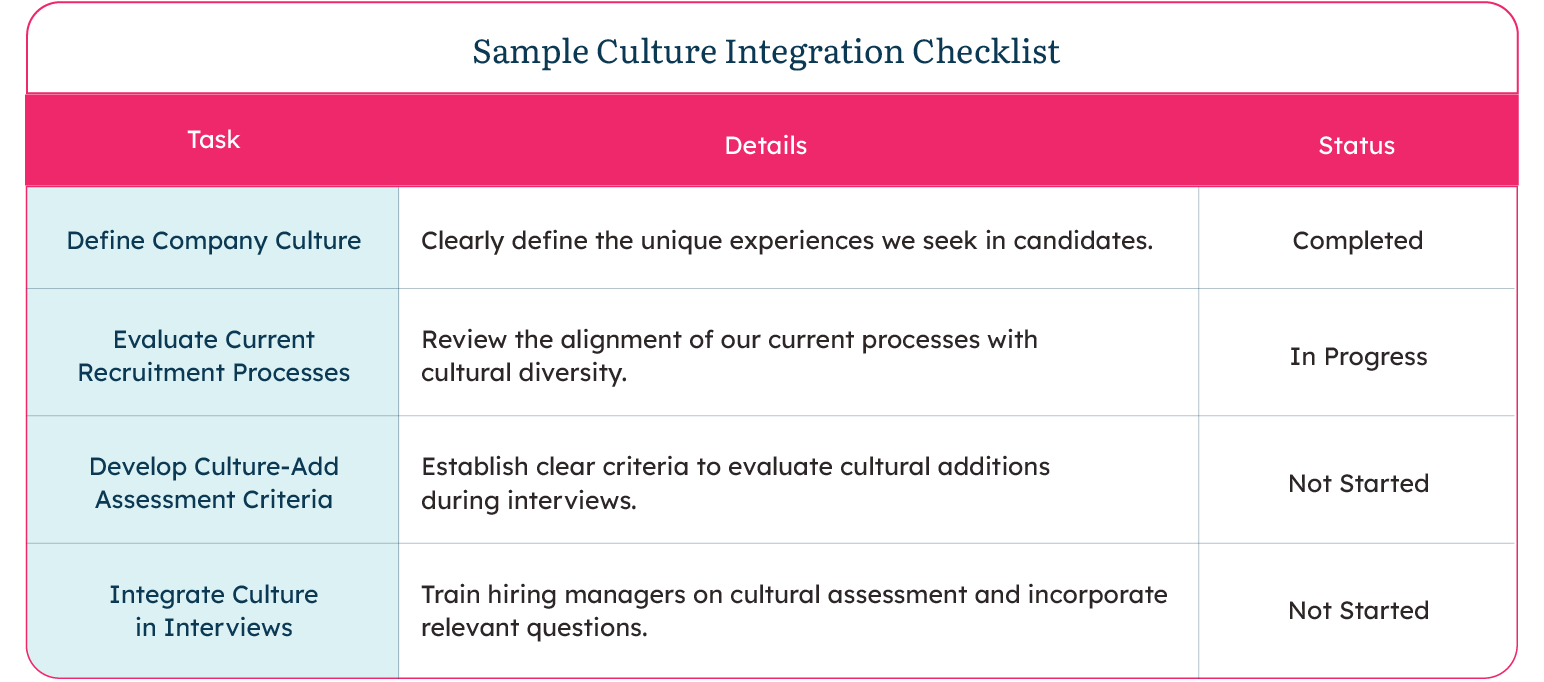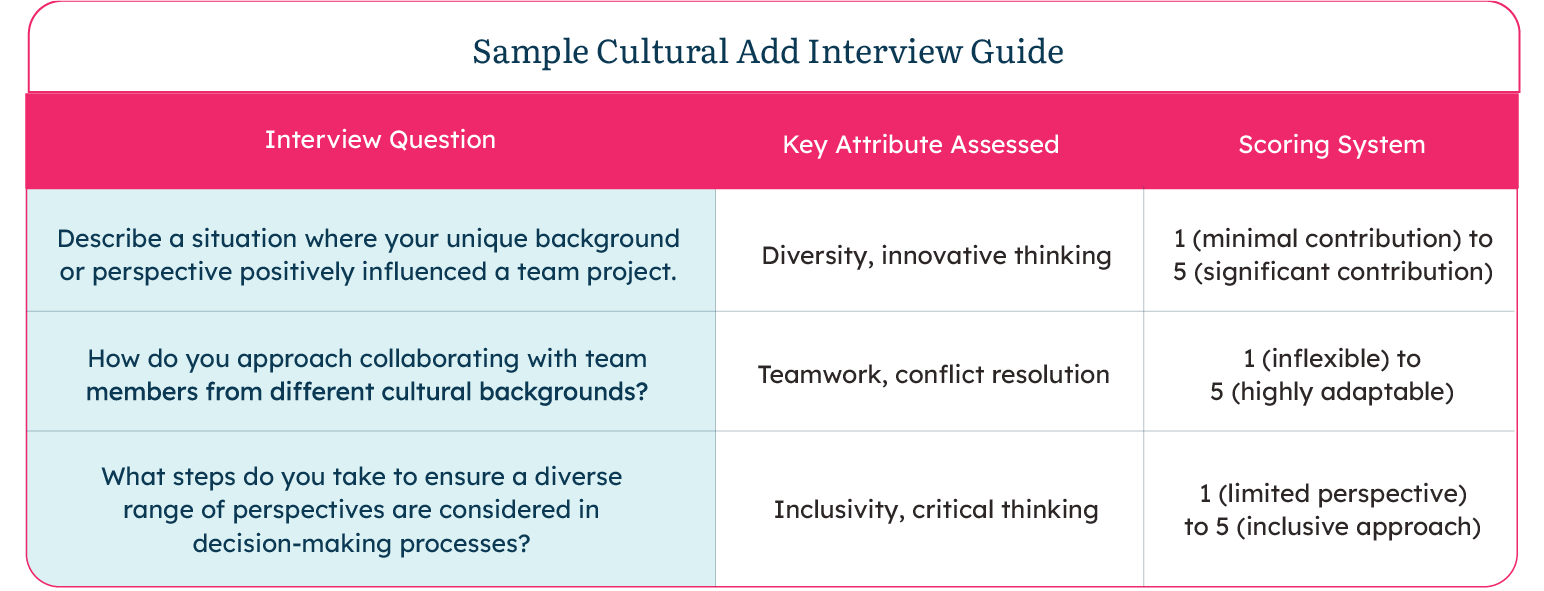I recently conducted a poll on LinkedIn asking what YOU wanted to learn about in this month’s blog entry and the overwhelming response was ‘How to Write a Compelling Job Posting’. This came to no surprise because I often hear from clients and other HR leaders say:
-
“We are spending money on job boards without any ROI”
-
“There is an overwhelming amount of unqualified applicants”
-
“Our job postings are not attracting qualified candidates”
-
“Where should we post the position?”
I am going to share things we have tried, tested, and validated that will make your position stand out from your competition, attract and engage the desired talent, and drive a greater ROI.
In today’s candidate-driven market, (yes, we are still in a candidate’s market even during a pandemic!) your job postings are not going to cut it when they read like every other job posting that simply summarizes the role, lists responsibilities, and outlines experience and education. Job seekers often spend as much time reading a job description as recruiters spend reviewing resumes, often less than 30 seconds!
Additionally, let’s keep in mind where and when your target talent is viewing your job postings:
-
Their phone
-
The bathroom (yup – it’s true!)
-
Between meetings
-
In the car
You have a small window of time to capture their attention so they remember the job posting and come back to apply, considering most candidates need to update their resume and apply from their computer.
While you are creating your new job posting (and I’m not talking about copy and pasting the description from your job template library) apply these 3 steps.
1. Nail Down the Details
Conduct a recruiting kick-off meeting with the hiring manager, and if possible the person who is currently in the role that this candidate will be replacing. During this meeting take time to ask them open-ended questions to gain a realistic preview of the current and future state of the role. Don’t make assumptions. You want to use the hiring manager’s words to ensure an authentic language and tone for your job posting.
Start by asking questions like:
-
Why would someone with the desired experience want this job?
-
What will this new hire accomplish within the first 12 months in this position?
-
How will you support this person’s career growth and professional development?
-
How would you describe the team dynamics? How will this role fit in with the existing team?
After this kick-off meeting, it is time to start constructing the job posting. Below are segments I suggest keeping top of mind while writing the job posting.
-
Must have experience
Be very clear on who will be considered and who will not. The less direct you are, the more unqualified candidates you will receive. Remember, candidates who have 50% of the job qualifications are being encouraged to apply to jobs. Focus on the ‘must-haves’ and clearly indicate “if you don’t have ___ experience, you will not be considered”.
Image from Jobvite — 2020 Job Seeker Nation Report
-
What key initiatives will this role be responsible for
-
What success looks like
-
Insight on the hiring manager, team, and company culture
-
Compensation
This includes more than just the expected salary range. Does your company include performance evaluations, pay for performance, bonuses, a 401k, MDV benefits? If not, be clear what is and is not offered. The more upfront you are in the beginning the less people you will lose throughout the process. Additionally, this helps screen candidates that are not a good match based on compensation expectations.
*Note* Changing jobs during a pandemic, along with a change in health care plans can be scary for some people. If there is a waiting period, address this early on.
-
Flexibility
Mentioning flexibility is a MUST! More and more candidates are considering what their options are, so it is important to share your company’s policies upfront. Are your employees still coming into the office vs. working from home? Is your company currently evaluating this policy? Is there any flexibility with starting and ending hours?
Image from Jobvite – 2020 Job Seeker Nation Report
-
Diversity, Equity, & Inclusion
Take this opportunity to address your commitment! Be authentic about the current state and the desired future state of the company. Stand out from your competitors by sharing facts instead of the generic EEOC statement. For example, “__% of management positions are held by women”
-
Process
Set the expectations up front by sharing a general timeline – when you will be reviewing resumes, how you will conduct interviews (phone, video, in-person), and anticipated start date. Being clear with expectations (and sticking to it) will help create a more positive candidate experience.
Okay, now that you have all the pieces it is time to do a little market research and jump into step 2.
2. Become a ‘Job Seeker’
Go to LinkedIn, Indeed, Google, or other sites where you would typically attract talent and search the job title that you plan to use for your posting.
Make note of:
-
How many jobs with this title have been posted within the last 20 days?
-
What jobs are standing out to you the most? What do you notice?
-
This could include their logo, job title, compensation included, # of days posted, urgently hiring icon, easy to apply feature, etc.
-
The important part of this step is not only identifying a common thread that make these job postings stand out but to figure out how you can set yours apart in an even better way. Some ideas to consider are:
-
Using a standard job title. Candidates will not think to search unique and creative job titles (Ninja, Rockstar, Wizard, etc.). Being creative will do more harm than good when it comes to a job title.
-
Personalize your job posting – write in a way that mirrors the initial kick off meeting with the hiring manager.
-
Include a quote from the hiring manager, better yet, have the hiring manager record a quick video that you can include on your careers page and social media accounts. The more personalization the better!
-
Include a statement from someone who has been promoted from the position such as “what I wished I knew when starting the position” or “what was the most valuable thing you learned in the position”
-
Relevant changes or upcoming public projects – new software implementations, exciting projects, clients you partner with, etc.
-
Keep it short! The more bullet points the less an applicant is going to read. Make your bullet points impactful.
3. Utilizing Tools for Finishing Touches
Now that you’ve done your research and your job posting is written it is time for the finishing touches. In this last step, I will share some of my favorite easy-to-use tools that make a big difference.
-
Grammarly: https://www.grammarly.com/blog/how-does-grammarly-work/
If you don’t have Grammarly downloaded yet, I highly recommend it! It is a simple add-in that helps check for grammar, spelling, and word usage. One of my favorite features, specifically for job postings, is Grammarly indicates the average amount of time it would take someone to read. Here is an example:
-
Textio: https://textio.com/
Textio is a tool designed to help enhance your recruitment marketing by scanning through your text and eliminating business jargon, making suggestions for key phrases that attract talent, and exposes gender-coded language you may not have noticed before.
-
Gender Decoder: http://gender-decoder.katmatfield.com/
This is an amazing free resource that allows you to copy and paste your job posting and it will scan to see if you have included gender-coded language. Here are examples of results from Gender Decoder from one of R2R’s job postings:
“This advert is strongly feminine-coded”
“This job ad uses more words that are subtly coded as feminine than words that are subtly coded as masculine (according to the research). Fortunately, the research suggests this will have only a slight effect on how appealing the job is to men and will encourage women applicants.“
I hope that by following these 3 simple steps you feel more confident in creating a compelling job posting! We understand that it is easier said than done which is why we have created a service specifically to help clients with this topic. Our Job Posting Portfolio does not only include a compelling job posting for that difficult to fill position, but gives you a DIY tool kit including:
-
Messaging for social media channels
-
Plug-and-play instructions to find your own candidates
-
Guidance on where to post your position
-
Analytics on engagement levels within your target candidates
-
Front runner candidates to consider
Testimonial from one of our clients:
If you are interested in learning more about this service, schedule a complimentary Discovery Session with me by clicking here.










